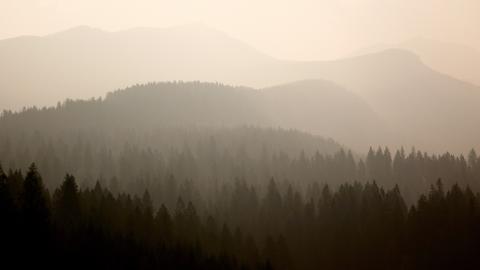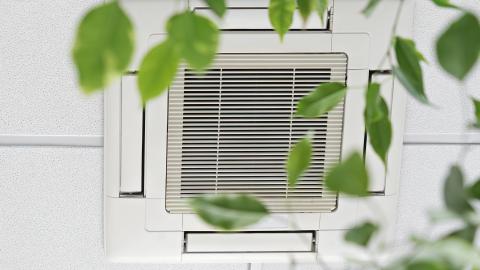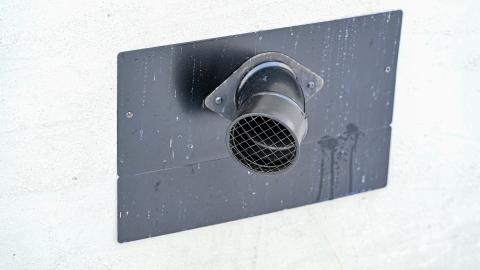Outdoor air quality

Outdoor air pollution can come in many different forms. In addition to regional sources of air pollution, there can be sources in your neighbourhood that can affect your local air quality. Whether at home, work, commuting, or in other outdoor spaces, being aware of the factors that can affect outdoor air quality and collectively taking actions to reduce air pollution can protect everyone’s health.
Outdoor air pollutants in our region
There are some common and harmful air pollutants in our region. Being aware of what they are, and their sources can help us protect ourselves from harmful emissions.
Some of the common health-harming air pollutants and sources in our region include:
- Particulate matter (PM2.5 and PM10)
- Fine particulate matter (PM2.5)
Sources: Older diesel engines, wood-burning stoves and fireplaces, wildfires, heavy-duty equipment, industry, and traffic - Course particulate matter (PM10-2.5)
Sources: Dust from construction and agriculture, wildfires and wood burning, wind-blown dust, pollen and fragments of bacteria.
- Fine particulate matter (PM2.5)
- Nitrogen oxides (NOx)
Sources: Traffic, heavy-duty equipment, building heating that burns fuels, industry - Ground-level ozone (O3)
Sources: Formed when nitrogen oxides and volatile organic compounds react with each other on hot, sunny days. - Volatile organic compounds (VOC).
Sources: Paints and chemicals, gasoline vapours, vehicle exhaust, trees and vegetation
Air Quality Health Index (AQHI)
The Air Quality Health Index (AQHI) is a scale that illustrates health risks associated with regional air quality. It is designed to help you identify the level of risk health associated to outdoor air quality. Use the number/colour to find the AQHI risk category: low, moderate, high or very high. Use the AQHI forecast to decide if you should change your plans for the day.
The AQHI tool also identifies the populations most at risk when our regional outdoor air quality is poor and recommends actions to lessen the health impact.
- Latest air quality data map - BC Air Quality Index map
- Latest AQHI values and forecasts for BC - Air Quality Health Index – BC Air Quality
- During wildfire smoke events, the ECCC low-cost sensor map is helpful, especially for smaller communities that do not have government air quality monitoring stations.

Air Quality Advisories and Bulletins
There are two authorities that issue air quality advisories within Vancouver Coastal Health:
- Metro Vancouver (Vancouver, Richmond, North Vancouver, West Vancouver, Bowen Island and Lions Bay) and
- the BC Ministry of Environment and Climate Change Strategy (the rest of British Columbia).
Air quality advisories are typically issued in our region for wildfire smoke (PM2.5) or elevated ground-level ozone.
Within Metro Vancouver, an Air Quality Advisory may be issued when:
- Air quality deteriorates or is expected to deteriorate;
- Air pollution approaches or exceeds guidelines; or
- Poor air quality is expected to continue or worsen
The Smoky Skies Bulletin is issued by BC Ministry of Environment and Climate Change Strategy to communicate the rapidly changing nature of wildfire smoke.
Find specific guidance for what to do during a wildfire smoke episode .
Outdoor air quality complaints and suggestions
Depending on your location, outdoor air quality concerns and complaints can be addressed to:
- Metro Vancouver’s make an air quality complaint page.
- Outside of Metro Vancouver, visit Contact B.C. Air Quality.
Air quality resources
-
-
Air Quality Health Index - BC Summary
Current Air Quality Health Index values and forecast maximums - Government of Canada
-
Current Air Quality Health Index
What's the weather like today across BC? - BC Gov
-
Air Quality - BC Gov
Learn how emissions affect air quality, how B.C. measures air quality, and how we can make healthy air choices. - BC Gov
-
Air quality and health
Learn about air contaminants and the health effects of poor air quality - Health Canada
-







